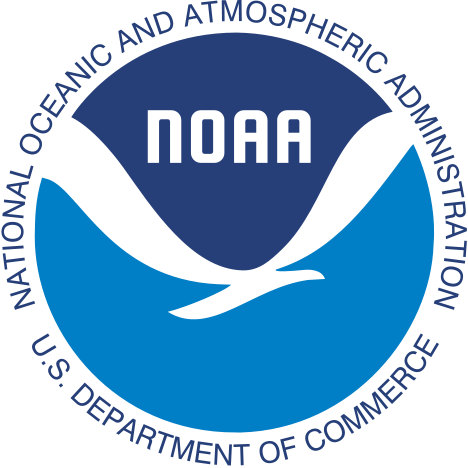GOMTOX: Dynamics of Alexandrium fundyense Distributions in the Gulf of Maine: An Observational and Modeling Study of Nearshore and Offshore Shellfish Toxicity, Vertical Toxin Flux, and Bloom Dynamics in a Complex Shelf Sea
Sponsor: National Oceanic and Atmospheric Administration

Funding Period
September 2006 - August 2013
Description
The Gulf of Maine (GoM) and its adjacent southern New England shelf is a vast region with extensive shellfish resources, large portions of which are frequently contaminated with paralytic shellfish poisoning (PSP) toxins produced by the dinoflagellate Alexandrium fundyense. There are significant challenges to the management of toxic shellfish in this poorly studied region in particular the need to document the major transport pathways for A. fundyense, and to develop an understanding of the relationship between blooms in surface waters and environmental forcings, as well as linkages to toxicity patterns in nearshore and offshore shellfish. An additional challenge is the need to expand modeling and forecasting capabilities to include the entire region, and to transition these tools to operational, management use. Objective. Here we propose GOMTOX regional observation and modeling program focused on the southern GoM and its adjacent New England shelf waters. The overall objective of GOMTOX is to establish a comprehensive regional-scale understanding of A. fundyense dynamics, transport pathways, and associated shellfish toxicity and to use this information and relevant technologies to assist managers, regulators, and industry to fully exploit nearshore and offshore shellfish resources threatened by PSP, with appropriate safeguards for human health. Approach: GOMTOX will utilize a combination of large- and small-scale survey cruises, autonomous gliders, moored instruments and traps, drifters, satellite imagery and numerical models to: 1) investigate A. fundyense bloom dynamics and the pathways that link this organism to toxicity in both nearshore and offshore shellfish in the Gulf of Maine and southern New England shelf waters; 2) investigate the vertical structure of A. fundyense blooms in the study region, emphasizing the distribution of cells, fecal pellets, other vectors for toxin and their linkage to toxicity in offshore shellfish; 3) assess interannual to interdecadal variability in A. fundyense abundance and PSP toxicity; 4) incorporate field observations into a suite of numerical models for hindcasting and forecasting applications; and 5) synthesize results and disseminate the information and technology, transitioning scientific and management tools to the regulatory community for operational use. Expected results: At its completion, this program and it?s predecessor will have produced a comprehensive understanding of the dynamics and forcing mechanisms underlying A. fundyense blooms and the associated toxicity of nearshore and offshore shellfish across a vast and highly complex region. Important hydrographic pathways and branch points will have been identified, and key features and processes characterized. Conceptual models will have been formulated to explain blooms and toxicity throughout the region, and sophisticated numerical models developed and tested that simulate physical, chemical, and biological processes at a highly detailed level over the region. GOMTOX will thus make significant progress towards an operational bloom forecasting system appropriate for nearshore and offshore shellfish resources. Furthermore, the information and technology developed by this initiative will contribute greatly to policy decisions concerning the re-opening, development, and management of offshore shellfish industries with potential sustained harvesting value of $50-100 million per year.
